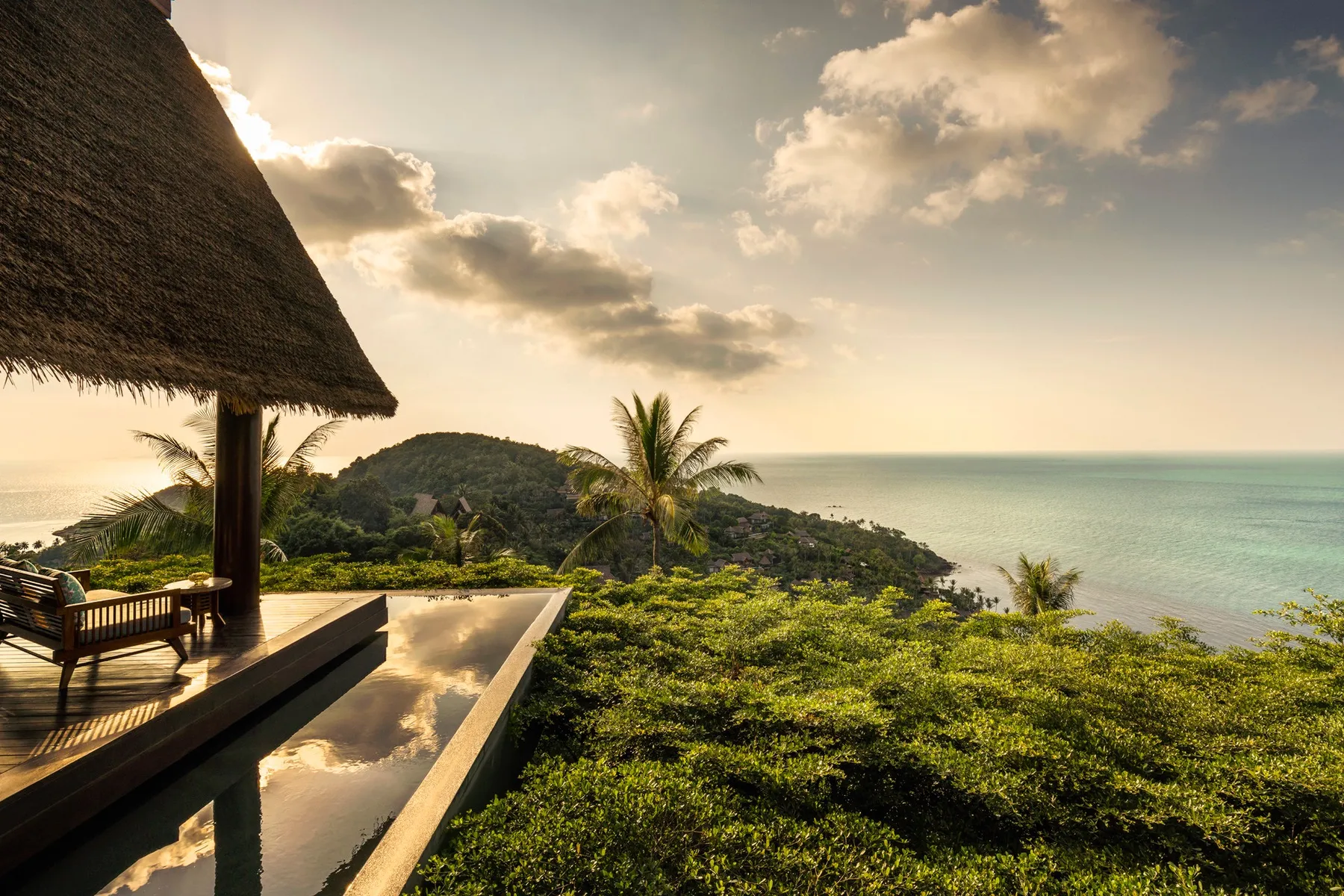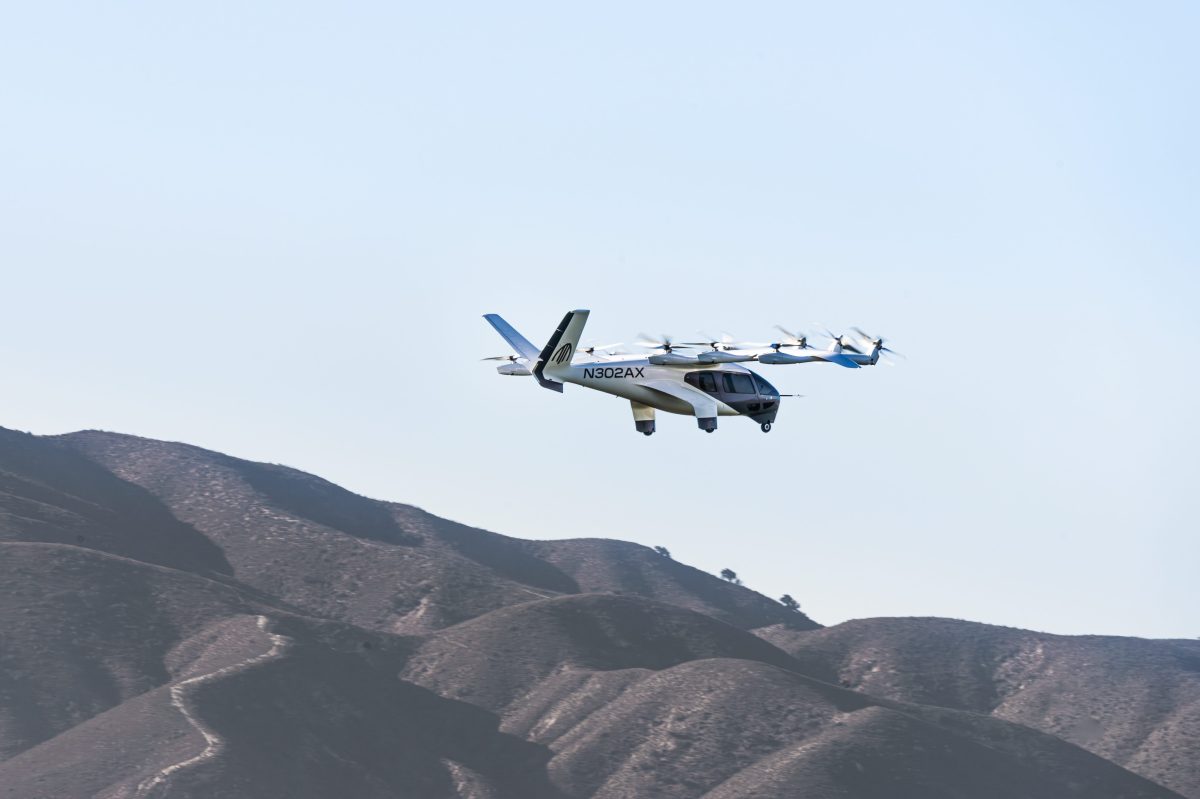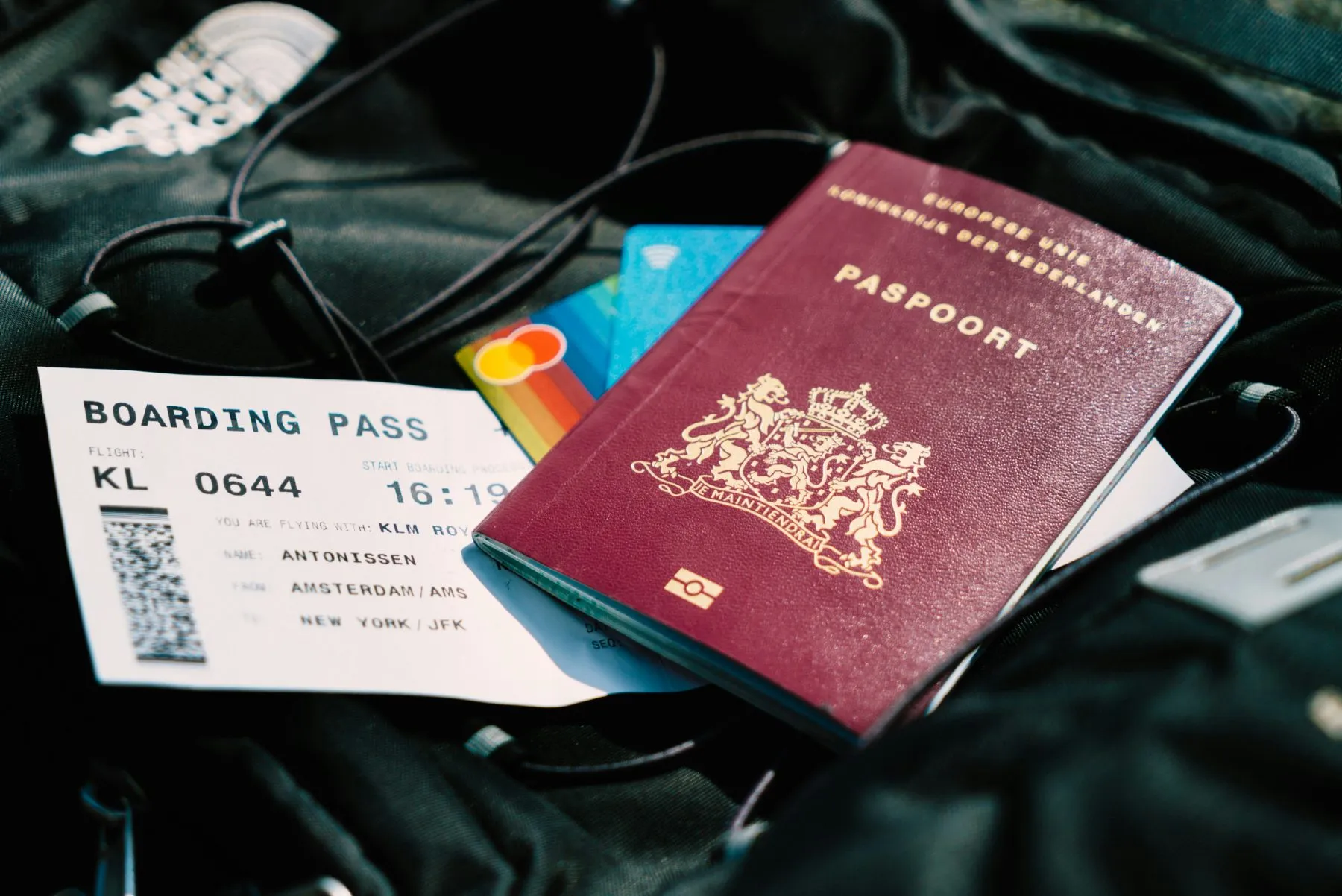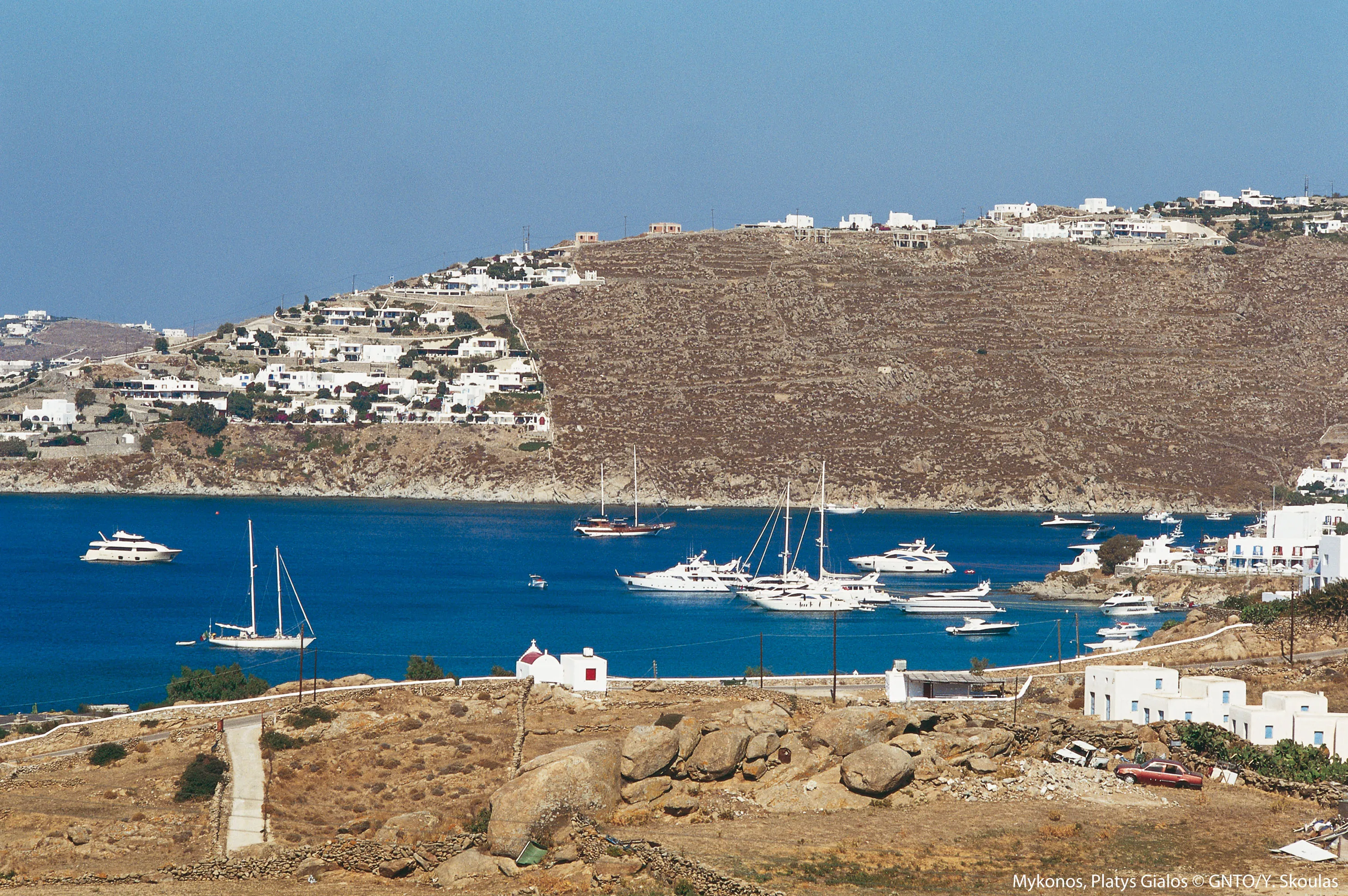Airlines as Lifestyle Brands May Be the Future of Air Travel
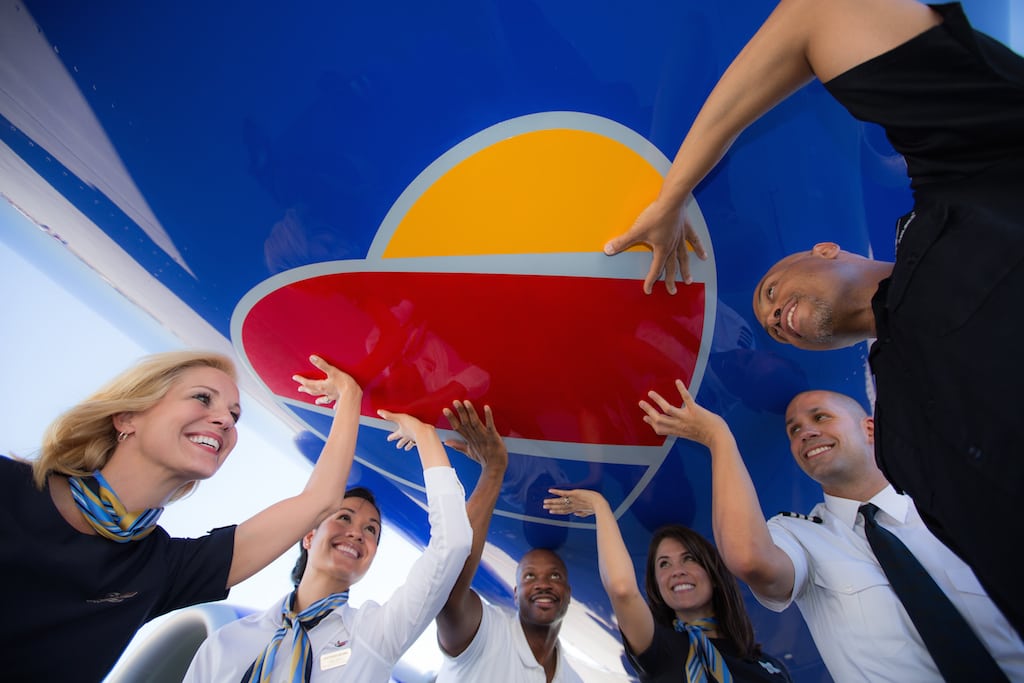
Skift Take
Could airlines secure profits and build customer loyalty by becoming the next hot lifestyle brands?
Airlines invest in building their brand with new liveries, aircraft interiors, inflight services and technology, but, while following these trends, establishing a lifestyle brand strategy could benefit airlines' historically thin profit margins.
As Devin Liddell, Principle Brand Strategist at Teague, Seattle, explains, "Airlines should be working to become lifestyle brands. But they're not investing in the actions required to do so."
Liddell believes the market is ripe for the rise of airlines as lifestyle brands. "The fact that people still seek out PanAm flights bags, decades after the brand ceased operations, shows that passengers want more from airline brands," he says, adding: "This is a hiccup in airline strategy. They don't invest in activities which build a bond between the brand and the consumer. They are too busy stripping away features they perceive as adding costs, rather than adding features which build up brand loyalty. It's a tendency of the industry."
To Liddell, the pay-off to an airline of building lifestyle brand strategy justifies the investment required to pursue it.
"What airlines really need to understand is the extraordinary difference in returns on investment with these brand-building exercises. It's worth it. The point for any company is to charge a premium versus a generic price. The best brands all command premium pricing. Commodity thinking results in commodity pricing. Every other category in the world gets this. Look at Apple, look at Starbucks. They command premium prices because they create brands that consumers resonate with on an ethos level. People will pay more for a brand that believes in something."
Liddell believes that an identity crisis keeps many airlines from clearly defining this corporate ethos, in the same way companies like Apple, Nike, and Starbucks have done, and beginning to define itself as a lifestyle brand. "All the mergers and acquisitions have created a sort of identity crisis at the airlines," he says. "This has to be overcome to define the brand clearly in the mind of the consumer, and internally too."
The Apple of Airlines?
Turning an airline into the next Apple, Nike, or Starbucks may seem like a stretch, but Liddell sees opportunities for airlines to build their lifestyle brand by focusing on their identity as travel services providers, rather than as mere methods of transport.
"Right now, airlines don't create very many brand artifacts. As a lifestyle brand, Nike creates physical embodiments of its brand. But airlines don't seem interested in passenger lifestyles outside the cabin or terminal. There's no emotional attachment, and more an emphasis on the functional," Liddell says.
Daniel Baron, CEO of LIFT Strategic Design, a Tokyo-based consultancy specializing in airline branding, cabin design, and customer experience development, agrees with Liddell.
"The ultimate purpose of lifestyle brands is to tap into our longing for meaningful experiences," he says, "a notion that transcends culture, age, gender or airline business model."
Baron identifies three key ingredients to building a strong airline lifestyle brand: "technology to make it relevant, personalized design to bring it to life with WOW, and insanely
amazing human talent to forge a strong emotional bond and keep it authentic."
"Airlines are travel experts," Liddel points out. "This gives them a platform for improving the travel experience through innovative goods and services. But most airlines seem disinterested in that platform, and far too comfortable with the status quo."
An airline lifestyle branding effort might look very different from a lifestyle brand in other industries, Devin suggests, but the results would be equally positive. The best strategies for airlines would be to build on that travel expertise and enhance the passenger experience in the process.
"There is an economic advantage for airlines interested in achieving lifestyle brand status," Liddell says. "With airlines, t-shirts and things like that might not be relevant. But, an airline could develop its own customized luggage, for example. Something ideally functional to fit their passenger's travel needs. That's one of the key questions for travelers: is there room for my bag in the overhead bin? There could be a 'click-class' with reserved bin space where the airline's customized carry-on bag just clicks into the space."
To Chris Nurko, Global Chairman of Futurebrand, the transition for airlines as lifestyle brands is not easy, though he does see opportunities. "I think airline brands need to become wider travel brands first, then extend to lifestyle brands." Nurko emphasizes that this transition needs to be discriminating, as "exclusively for everyone," simply doesn't work.
Like Liddell and Baron, Nurko believes a lifestyle brand represents an ethos both of the brand and the consumer loyal to that brand. "It implies a 'choice' that befits or compliments, or brings to life a 'style' of how someone lives. This is related to personal identity, ego, socio-economic status and income. And, 'lifestyle' brands imply two things: one, immediate curation and 'go to' decision-making that is relevant and appropriate and which, secondly, crosses functionality and or category norms." It must be "more than just a one off product or category 'experience'" Nurko tells us, reflecting "attitudes, opinions, values and actions or behaviors."
Hotels as Leaders
A great example for airlines to follow in the travel industry, Nurko believes, is the branding strategy of leading hotels. "Hotels do a better job," he says. "Look at W, Westin, Ritz Carlton; all of whom use, sell, promote their brand beyond the actual stay. They leverage customer insight into luxury, relaxation and comfort and link to price. Do airlines do this 'off plane' or 'out of lounge'?"
Some airlines are incorporating lifestyle brand features, Liddell tells us. "A great example of an airline thinking this way is the Qantas RFID bag tags. They're beautiful and beautifully functional. It's something you look at and want, even if you're not flying with them. You see it and you want to have it. And they address a functional concern—bag tracking—that has a big emotional footprint."
Baron believes that the airline lifestyle brand must be particularly relevant to its target passenger demographic, and credits airlines in Japan for getting many elements of the lifestyle experience right. "To an extent, culture influences an airline's ability to be loved as a lifestyle brand. Where I live, in Tokyo, Japanese airlines simply do a phenomenal job of reaching various points of interaction in consumers' daily lives.
It might be airline-branded instant noodles in a convenience store, or collaborations with hotels, wall calendars, etc. The fact is that the open-to-anything Japanese market embraces lifestyle brands and the aspirations they embody. Other cultures with more jaded or cynical consumers might require a different approach."
Other airlines have succeeded with building a clear ethos, and could capitalize on that ethos to develop the lifestyle brand further.
Liddell believes one US carrier has made big strides in the right direction towards identifying with consumers as a lifestyle brand. "Southwest is more of a lifestyle brand than United, for example," Liddell says. "Their new branding makes this clearer. The airline's ethos is ideally represented in their new branding efforts: that heart on the aircraft underbelly is a great symbol of what they stand for. Their line that ‘without the heart it's just a machine' defines what the airline is about, what its values are, what it stands for. Brands must believe in something. If you don't believe in something then passengers won't either. Beliefs build a clear brand image."
Southwest's decision to introduce Beats Music as part of its onboard offerings is an example of the airline furthering its connection with consumers, through an association with a well-established lifestyle brand.
Nurko too believes there are some airlines which, if not already there, are headed in the lifestyle brand direction. "The use of their marketing helps them be better and stronger brands. It reinforces continuous touch point values and experiences, and allows brands to connect, engage, be relevant. That is what a brand does, not just a lifestyle brand. So, I think [airlines] are not at the point of being full lifestyle brands, but rather brands that fit certain lifestyles. That is the point of segmentation and communications that are targeted. Think 'Generation EasyJet', or Virgin Holidays."
The investments airlines make in design are not wasted. "Brands have to focus on design," Liddell says. "They must design an experience worth the premium pricing. Design brings those beliefs to life in ways that consumers can experience first-hand."
Baron makes a similar point, telling us: "Using design, airline brands can truly resonate with customers by creating environments that reference our lifestyle, in a meaningful and well-differentiated way."
Getting lifestyle branding right might make all the difference between a healthy profitable future and a space on the gone and forgotten list of airlines. But, as Baron points out, it requires a company-wide initiative.
"The most formidable challenge for airlines wanting to be a lifestyle brand is not defining a particular positioning or qualities to communicate," he says. "Rather it is translating the positioning and qualities into tangible or service-centered experiences before, throughout, and after the customer journey, and delivering them consistently, with all stakeholders on board to plan, execute and reinforce the message. And this is where many airlines fall short. An airline can not be a lifestyle brand if the people delivering the product on the front lines are not in sync with the people in marketing and social media, for example. This includes cabin crew, airport staff, engineering, call center staff, etc."

